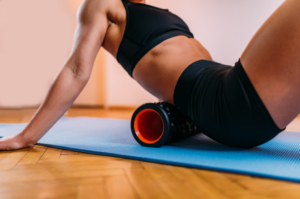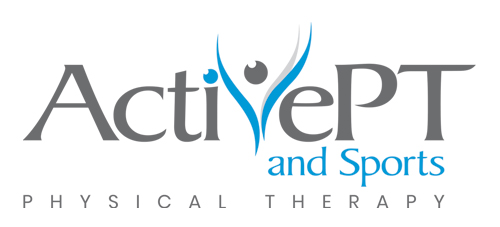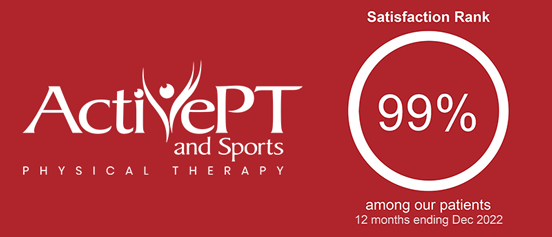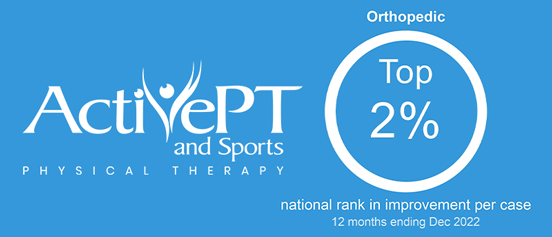Swimmers around the world are tuned in to watch the summer Olympics. We are inspired by the elite swimmers and often think of them as invincible. But, they struggle with pain too. Low back pain affects 30-50% of swimmers, most commonly with breaststroke and butterfly. So, if you swim competitively and experience low back pain, you are not alone.
Hypermobility often leads to low back pain in swimmers
The majority of swimmers who experience low back pain have developed hypermobility in the lower back (lumbar spine) over time. We naturally have a slight curvature in the lumbar spine, called lordosis. While some lordosis is normal, swimmers have a tendency to develop excessive lordosis in their low back. If you neglect the mobility in your mid-back, you may gradually gain more motion from your low back, making it excessively flexible. This can lead to pain.
Factors that lead to low back hypermobility in swimmers:
- Repetitive motion
- Poor body position in the water
- Muscle imbalances in hips, back extensors, and core
- Swimming movements allow for extreme ranges of motion, especially in breaststroke and butterfly
How do I prevent low back pain with breaststroke or butterfly?
Improving your core strength, low back endurance, and mid-back mobility are all ways to help reduce your risk of developing low back pain as a swimmer. First, improving your core strength is key to stabilizing a hypermobile or hyperflexible lower back. On land, focus on abdominal exercises that keep your low back from moving. Exercises that move your arms or legs to challenge your abs without moving your back are the healthiest options.

Second, improve your low back endurance by focusing land strengthening on low back extensors. Your low back extensors run along both sides of your spine and are responsible for holding your spine straight. Romanian deadlifts or bird-dog exercises are great options to build endurance in these muscles.
Last, improve your mid-back (thoracic spine) mobility by stretching this part of your back after your workouts. Mobility exercises are most effective after exercise. Simply lay on the floor in corpse pose and squeeze shoulder blades together. For a more aggressive mobility exercise, roll your mid-back with a foam roller.
Pain does not equal damage
Back pain during your breaststroke or butterfly can be an indicator to “pay attention.” However, this pain does not automatically mean that you have caused harm. When muscles and other structures are under stress, we may feel pain or discomfort. Consider this a warning sign and change your training and form accordingly.
While it’s best to begin treatment for low back pain early, especially if you swim competitively, you can still reduce or even eliminate your pain by targeting a few key areas. Similar to the prevention ideas above, focus on low back stabilization exercises, improve your core strength with “back-friendly” exercises, and fix any form issues that are contributing to your back pain.
You don’t have to live with the pain
If you experience low back pain during butterfly or breaststroke and self-help strategies don’t produce results in 1-2 weeks, it’s time for professional advice. Physical therapists who specialize in swimming-related injuries are ideal for this type of treatment. They will thoroughly assess your low back mobility, analyze your form, and address any issues that may be contributing to your pain. Our experts work directly with your swim coach to help you reach your personal goals. The swimming team at ActivePT focuses on keeping swimmers in the water and can help answer your questions with a free 15-minute screening appointment today. Check out our swimming performance packages and reach your peak performance this season.

Kristi Taraba, DPT, CLT, CSCS
Kristina Taraba PT, DPT, CSCS is a swimming specialist at ActivePT in Rochester, MN and Stewartville, MN. She has over 15 years of competitive swimming experience including being a former Division 1 swimmer and team captain at Saint Louis University. She specializes in Individual Medley races, butterfly in particular. With her expertise in anatomy and physiology, she translates that knowledge into proper form and technique for swim strokes to decrease pain and improve efficiency.



